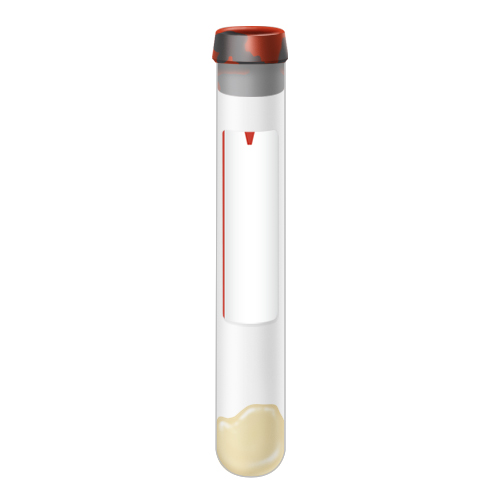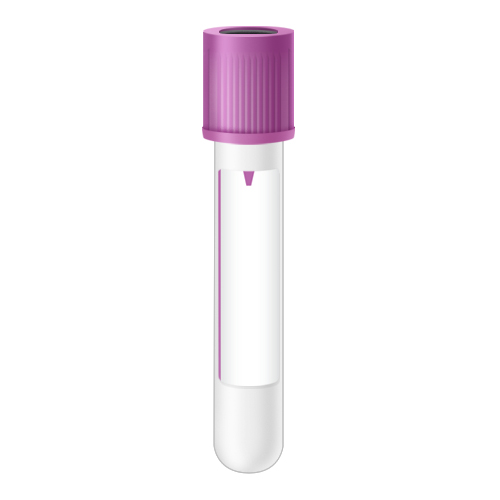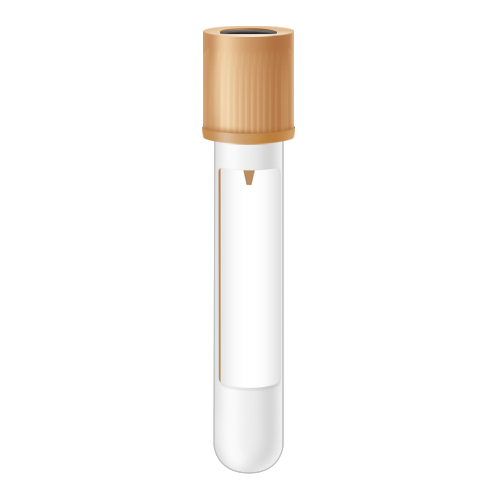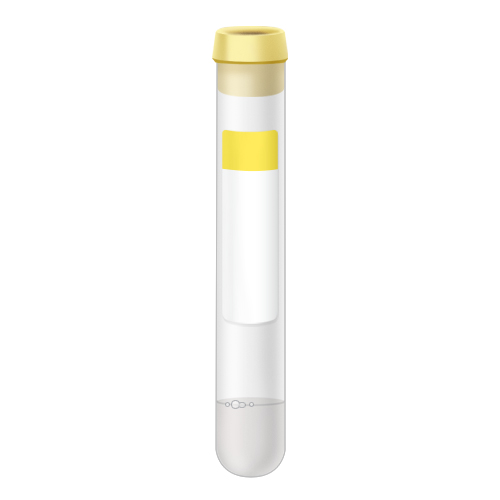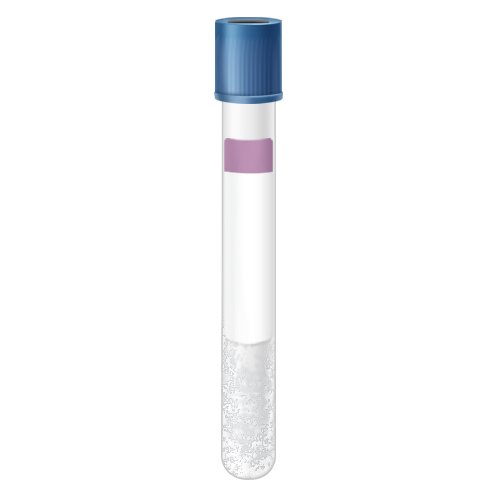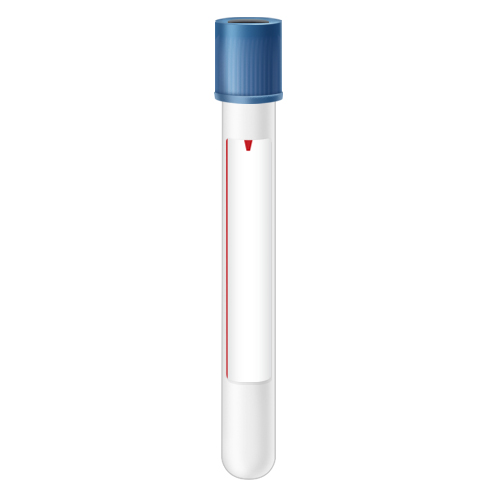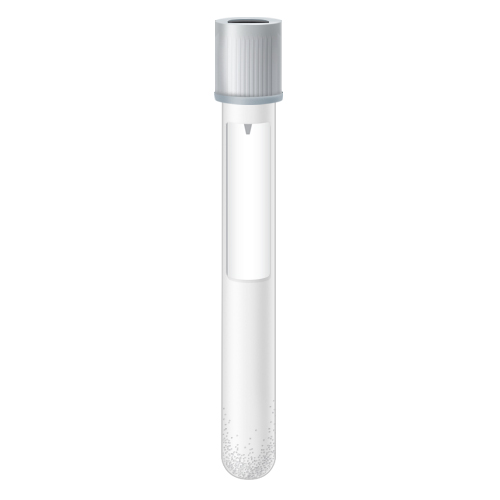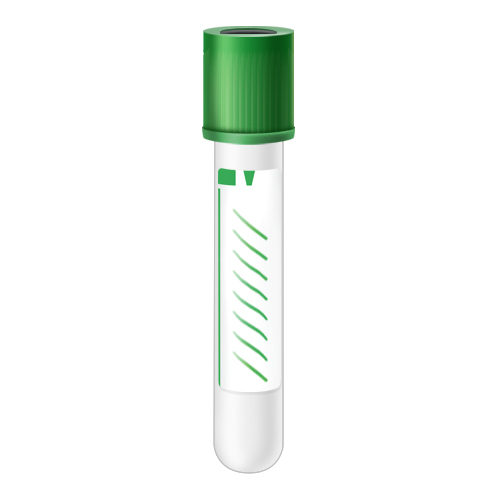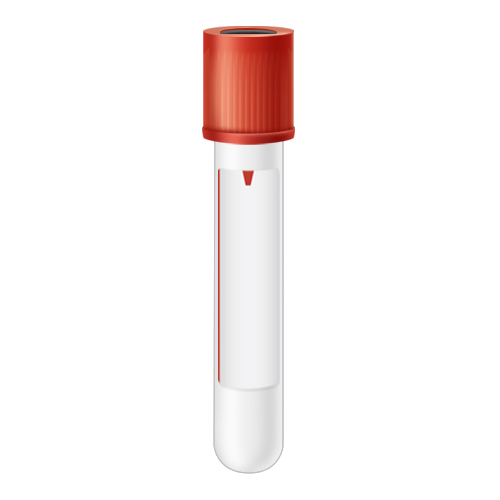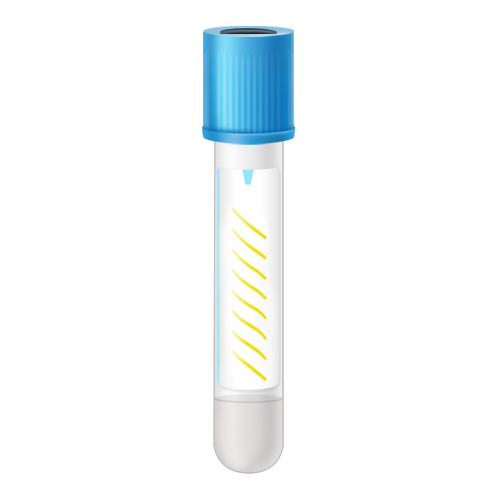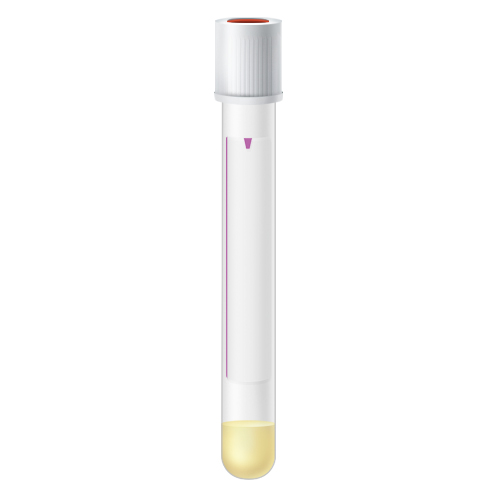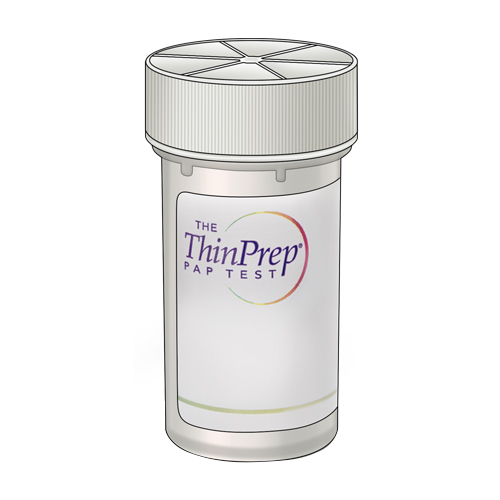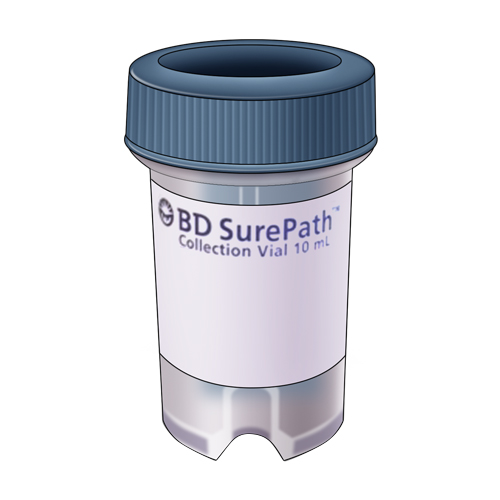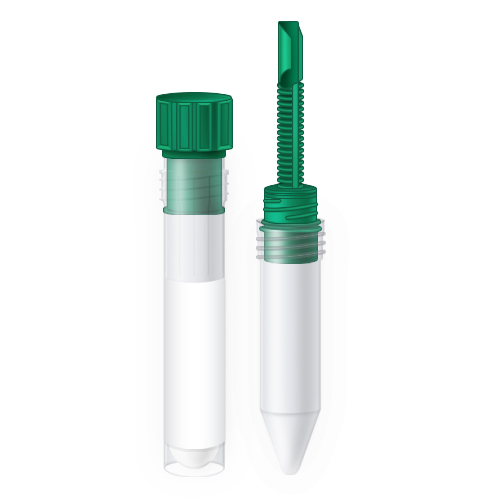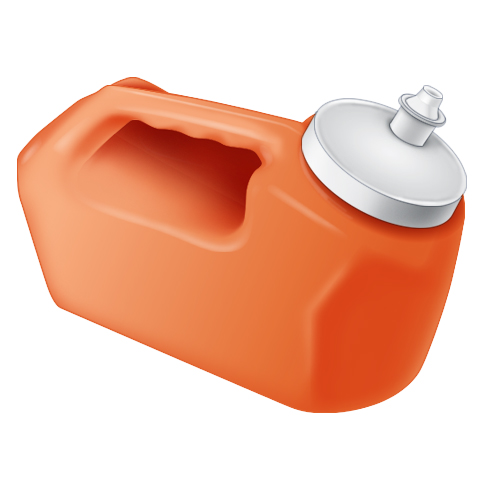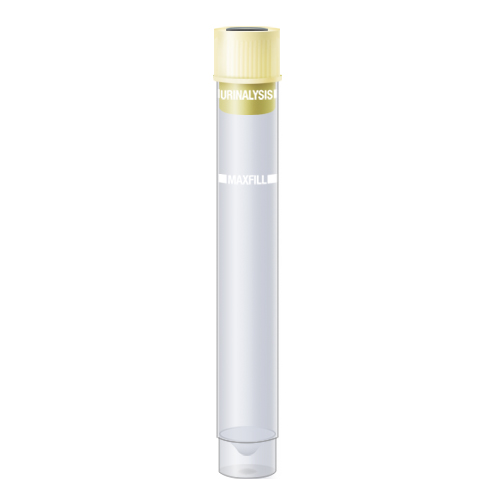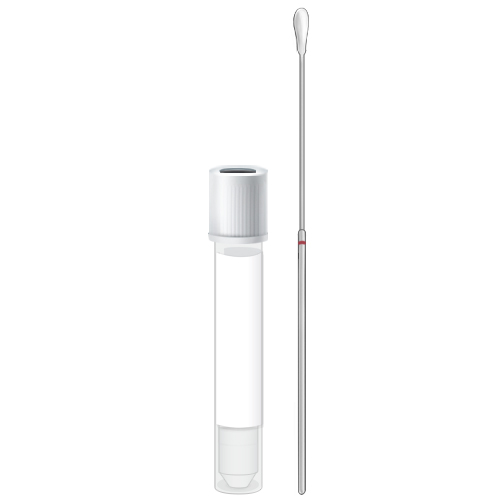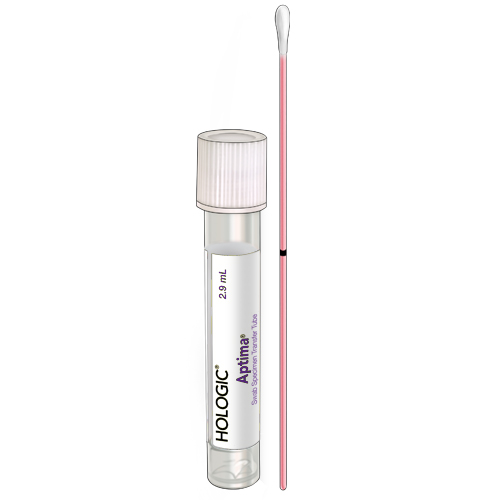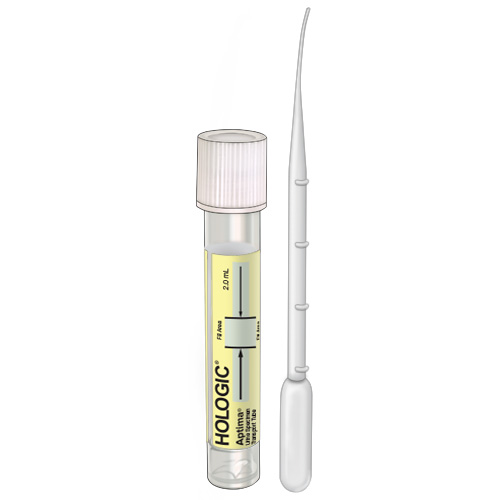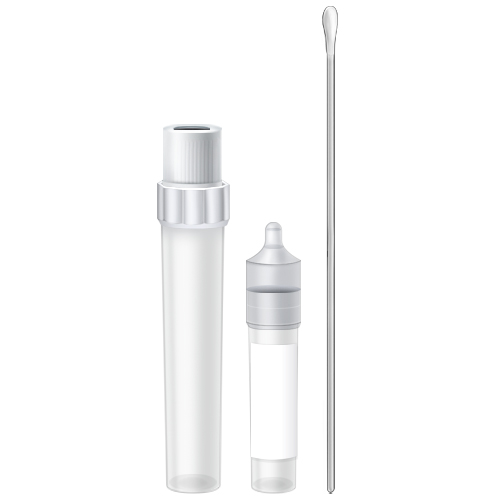Summary
It’s October and Breast Cancer Awareness Month! Remember to monitor your breast health and speak to your healthcare provider about screenings including genetic testing for hereditary breast cancer.
Globally, October is dedicated to generating awareness about all things related to Breast Cancer: potential risks and causes, prevention, early detection, treatment, and acknowledging those affected by the disease. Breast cancer continues to be the second most common cancer in American women – affecting 1 in 8 US women at some point in their lifetime according the American Cancer Society (ACS). Fortunately, ACS has also indicated death rates have fallen by 40 percent in the last three decades thanks to significant advances in early detection and protocols that include mammogram screenings.
ACS notes that Women aged 50 years and older are the most commonly diagnosed demographic; however, about 10 percent of all new cases of breast cancer in the US are found in women younger than 45 years of age. Most women who get breast cancer have no known risk factors and no history of the disease in their families, as noted by the World Health Organization (WHO). The Centers for Disease Control (CDC) has stated that about 5-10 percent of breast cancer is hereditary, meaning it is caused by an inherited mutation in one of several genes.
For men, ACS has noted that the lifetime risk of getting breast cancer is about 1 in 833.
Breast Cancer Risk Factors, Signs, and Symptoms
There are some risk factors that cannot be changed including age and genetics, but there are risk factors that can be influenced such as engaging in regular exercise, maintaining a healthy weight, and choosing a healthy diet.
When it comes to symptoms of breast cancer, the CDC cites that different people may have varied symptoms of breast cancer. There are some who may not have any signs or symptoms at all. Here are some signs and symptoms that patients can self-assess and monitor:
- New lump in the breast or underarm or armpit
- Pain, thickening, or swelling of part of the breast
- Irritation or dimpling of breast skin, including pulling in of the nipple or pain in the nipple area
- Redness or flaky skin in the nipple area or the breast
- Nipple discharge other than breast milk, including blood
- Any change in the size or the shape of the breast
Breast Cancer Screening
Detecting breast cancer early remains paramount. ACS says that cancers that are detected early can mean it is easier to treat. Screenings including mammograms, MRIs, clinical exams, and self-exams aim to assess a woman’s breasts for cancer before there are signs or symptoms of the disease. However, beyond modality screenings like mammograms, genetic testing for breast cancer can also aid a patient with more empowering information.
Genetic Testing for Hereditary Breast Cancer
Genetic testing for hereditary breast cancer can help patients better understand the risk of developing breast and other cancers. If a patients has been diagnosed with cancer at an early age or there is a family history of certain cancers, a healthcare provider may recommend genetic testing for a hereditary breast cancer syndrome and genetic counselors can help determine which tests would be most suitable.
Typically, genetic testing is recommended for patients that have:
- A strong family health history of breast cancer
- A moderate family health history of breast and ovarian cancer and are of Ashkenazi Jewish or Eastern European ancestry
- A personal history of breast cancer and meet certain criteria (related to age of diagnosis, type of cancer, presence of certain other cancers or cancer in both breasts, ancestry, and family health history)
- A known BRCA1, BRCA2, or other inherited mutation in your family
How BioReference® Can Support You
BioReference® and its GenPath® division offers a comprehensive menu of genetic testing for hereditary breast cancers. Speak with your healthcare provider if you think you may be at risk of hereditary breast cancer.
If you are a healthcare provider, learn more about how our test offering can help aid in the detection and diagnosis of breast cancer.
Sources:
- American Cancer Society, Centers For Disease Control and Prevention, BreastCancer.org
- Breast Cancer Statistics | How Common Is Breast Cancer? | American Cancer Society
- Breast Cancer In Young Women | Bring Your Brave | CDC
- Breast cancer (who.int)
- Hereditary Breast Cancer and BRCA Genes | Bring Your Brave | CDC
- Key Statistics for Breast Cancer in Men | American Cancer Society
- ACS Breast Cancer Screening Guidelines | American Cancer Society


